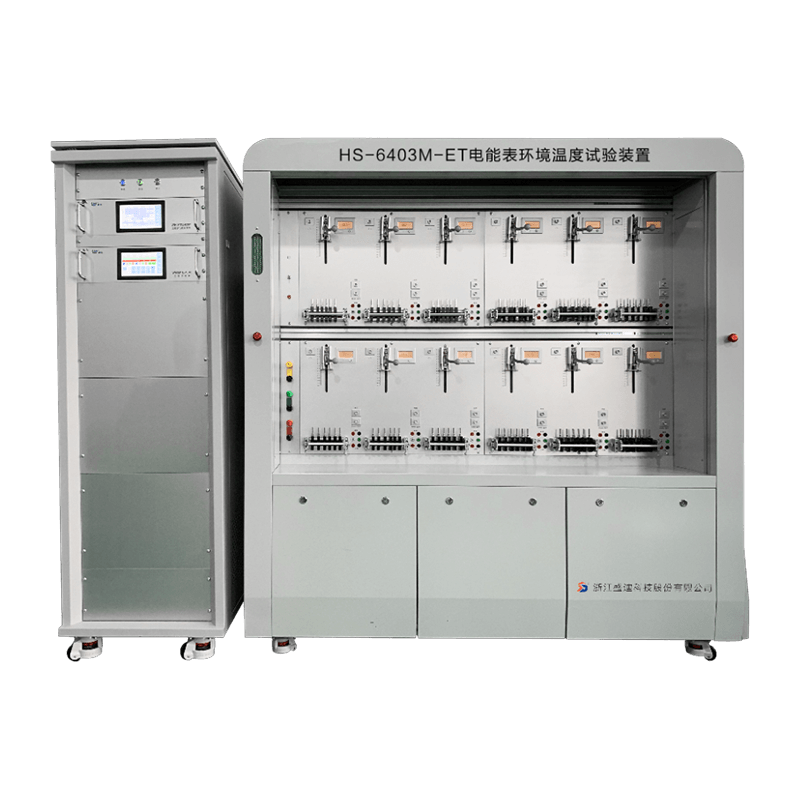The Single Phase Reference Standard Meter is a hand held device which helps to calibrate the error present in the single phase energy meter (MUT). It supports both static and electro-mechanical types of meters. It has an LCD display and an alphanumeric keypad to suit the user. It can also be interfaced with a PC for data analysis.
It is a low cost design that uses a shunt current sensor rather than an expensive current transformer. It calculates active/reactive energy, forward/reverse energy and RMS current/voltage. It can be used to create custom calibration setups for a wide variety of energy meters.
In the past, accurate phase meter calibration required extensive and time consuming steps which could be achieved only by very sophisticated equipment. To eliminate the need for such complex and labor-intensive equipment a novel approach to phase meter calibration was developed at NBS.
This approach incorporates an automatically controlled phase standard with statistical treatment of the calibration results, as described in detail elsewhere [7]. The phase meter is connected directly to the phase standard if its meter ranges fall within the output capability of the standard (0.5 to 100 volts rms, 2 to 50 kHz). If the voltage or current is not in this range, special auxiliary amplifiers with known phase offsets are provided.
Once the meter has been connected to the phase standard, the calibration program selects the number of test points for each of the selected phase angle values and the order in which these will be measured. Several repetitions of each set of measurements are performed to minimize the effect of drift, and a randomized sequence of tests is followed to maximize the accuracy of the results.
The phase meter readings are then fitted to a linear model from which appropriate corrections for the readings can be derived. These corrections are applied to each of the phase meter readings and the resulting uncertainty of the result is estimated. This value can then be used to estimate the accuracy of the phase meter, thereby reducing the amount of further work needed to determine the actual accuracy of the meter.
As a result of its very high phase and waveform stability, the standard can be used to check various specialized instrumentation for which a two-signal, phase-variable source is essential. This includes power analyzers and wattmeter/watthour meters that need to be tested for voltage, frequency and amplitude.
Similarly, it is also an ideal signal source for testing ac impedance bridges. It is also used to check the performance of power distribution circuits.
Another application of the phase standard is in the field of navigational equipment where the angular position of the instrument can be determined using its signal inputs as a reference. This is a useful and widely used application.
The single phase reference standard enables a much easier and faster method of performing phase meter calibrations with significant savings in time and effort even in manual mode, which is a significant advantage when the quantity of phase meter calibrations is large. The sensitivity of the NBS phase meter standard is such that only a few repeats of each measurement are required to obtain satisfactory accuracy for most of the ranges in the range of 0 to 360 deg.
